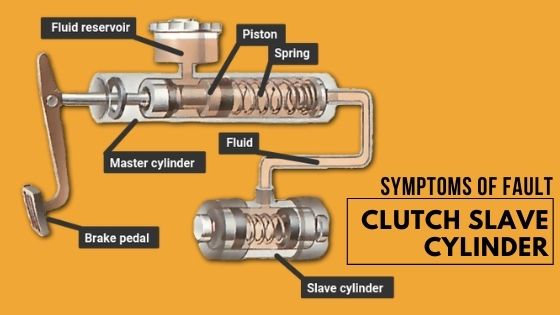
Signs of fault clutch slave cylinder
Clutch Slave Cylinder is a part that is found in vehicles with manual transmission. It basically works together with the clutch master cylinder to disengage the clutch whenever the pedal is pressed so that there is no problem in shifting the transmission. In the event, the clutch master cylinder has any issues or problems in functioning such as shifting gears, it can take away the overall drivability of the vehicle and can also cause serious damage to the transmission. Usually, if the clutch slave cylinder incurs some issues then it always shows symptoms that alert you of the problem. Here is a list of symptoms of a faulty clutch slave cylinder:
Faulty Clutch Slave Cylinder Symptoms
- Low Brake Fluid
Low brake fluid is one of the common symptoms of faulty clutch slave cylinders. You can consider checking for any leaks in the system. Also, there is a possibility that the fluid gets contaminated and affects the vehicle performance to a larger extent. Usually, it is the dark or cloudy fluid that indicates that the fluid is contaminated. - Leaking
It is very important to be aware of the puddles that tend to develop below the vehicle or the engine bay. This indicates a leak in either the slave clutch cylinder or master clutch cylinder. If you find the slave cylinder to be wet, then that’s a clear indication that there’s a leak. In some situations you may also find a change in the feel of the pedal as well, indicating that the leak is really bad. - Abnormal Clutch
If the clutch pedal feels spongy, this is an indication of a slave cylinder problem. In certain situations, you may also notice that the pedal might stick on the floor on pressing thereby not allowing the clutch to disengage properly. In such events, consider taking your vehicle for a repair immediately.
A clutch slave cylinder is a very crucial component of all the vehicles equipped with a manual transmission, therefore you must take proper care of it in order to avoid any drivability issues. Consider repair or replacement depending on the severity of the problem. Act as the technician suggests.
If you find the above information useful then you may also like this blog Reasons Your Car Won’t Go in Reverse





